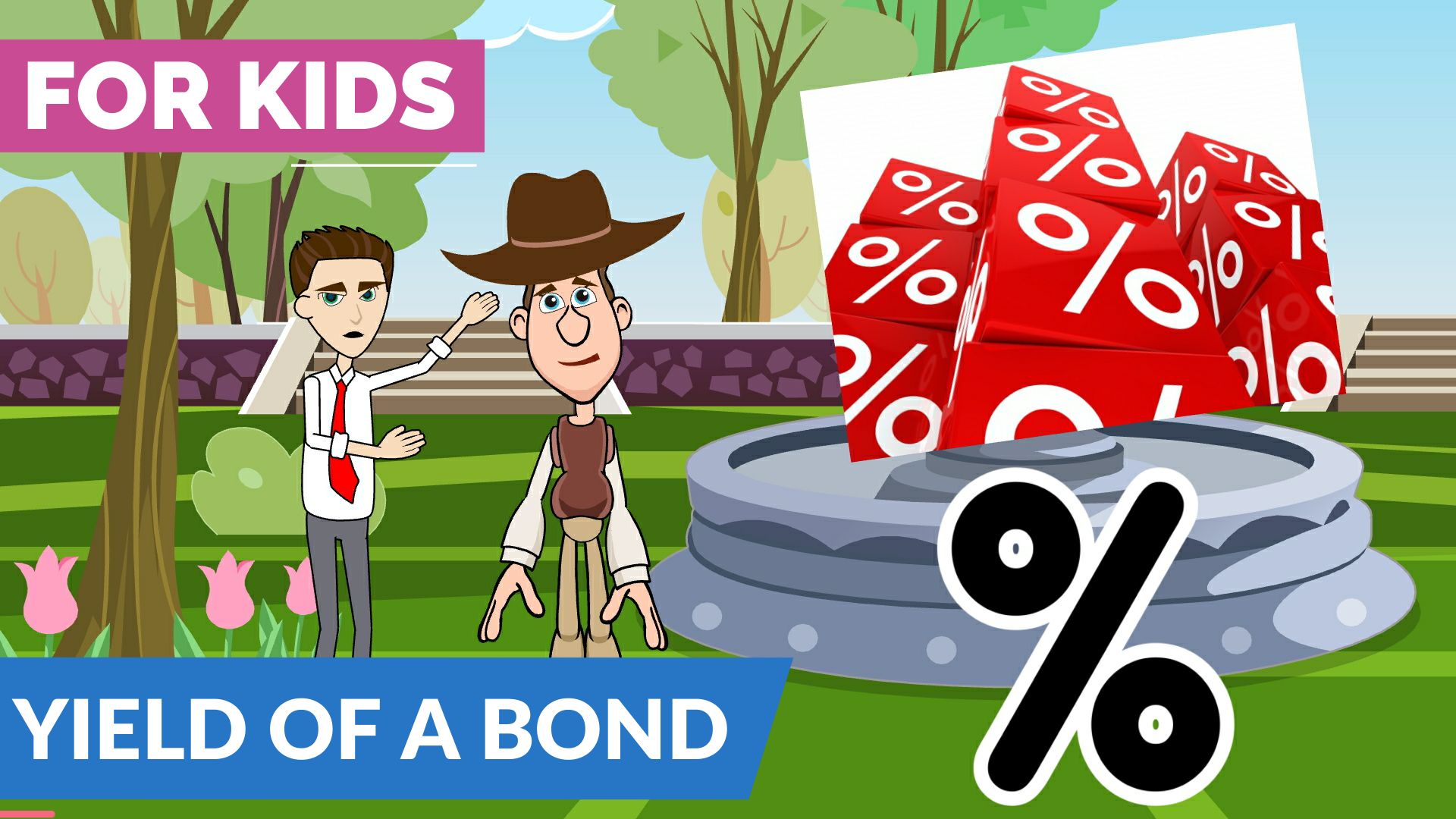Howdy Wall St. Willy! Sometime ago we talked about coupon and when we talked about that you said something about yield. But what is yield anyway?
Yield is the rate of return you can get from making an investment in a bond at the current price. It’s expressed as a percentage just like interest rates.
Well, how is yield even calculated?
Bonds are bought and sold in the market and their price keeps changing. The yield is the coupon amount divided by the prevailing market price of the bond.
Yield = Coupon Amount / Market Price of Bond
For e.g., if the coupon payment on a bond is $5 and the current market price of the bond is $100, the yield is 5/100, which is 5%.
Yield = $5 / $100 = 5%
So, the return I get from my bond investment is the same as the current yield, right?
Your return depends on the price at which you bought the bond.
Let’s say the coupon payment on a bond is $5, you bought the bond at $50 and the current market price is $100. In this case your return is 5/50, which is 10%, although the current yield is only 5%.
The bottom line is that once you buy a bond, your rate of return is fixed and is determined ONLY by the price at which you bought it and it does not get impacted by any changes in the current yield.
Well, do all bonds have yield?
Yes, all bonds do have a yield. Even zero-coupon bonds have yield, which is calculated in a different way. But we’ll talk about it when we discuss zero-coupon bonds.
Do stocks also have a yield?
Not really. There is something called a dividend yield for stocks but that’s a topic for another time.
Thank you very much for telling me about yield, Wall St. Willy.
You are welcome, Sooper Cooper. Remember, Finance is Your Friend!
Podcast: What is Yield for Bond?
Fun, informative and concise episodes by a 10-year old, breaking down complex financial concepts in a way that kids and beginners can understand. Episodes cover personal finance topics like saving, investing, banking, credit cards, insurance, real estate, mortgage, retirement planning, 401k, stocks, bonds, income tax, and more, and are in the form of a conversation between a cowboy (a finance novice) and his friend, a stock broker. Making finance your friend, only at Easy Peasy Finance.
A little bit about me: I have been fascinated with the world of personal finance since I was 6! I love to read personal finance books, and keep myself updated on the latest by reading various personal finance magazines. My friends often ask me questions about finance because they find it complex and intimidating. That’s what inspired me to start my YouTube channel called Easy Peasy Finance when I was 8, and this podcast 2 years later.
All you need to know about Yield for bonds: What is Yield, how is yield calculated, is the return you get from your bond investment the same as the current yield, do all bonds have a yield, do stocks also have a yield, and more.
Show notes and transcript at: https://www.easypeasyfinance.com/what-is-yield-for-bonds/


